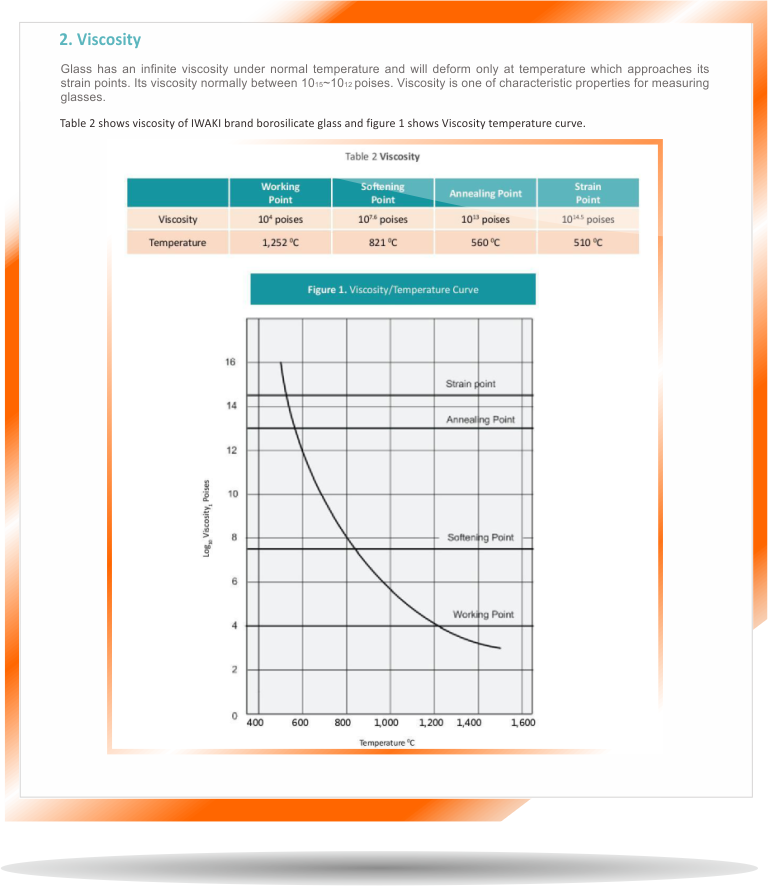
(mass / length) / time are the dimensions of Dynamic Viscosity. The Greek symbol mu (µ) stands for dynamic viscosity. Absolute Viscosity is another name for it. The shear stress to shear strain ratio is the shear stress to shear strain ratio. The force required to make a liquid flow at a specific rate is described by dynamic viscosity. Kinematic Viscosity has the dimensions (length)2/timeSpecific energy multiplied by time((J/kg) sec) is the SI unit. Momentum Diffusivity is another name for it. It is the ratio of the liquid’s Dynamic Viscosity (µ) to its Density ( ). Whereas a force is applied to a liquid, its kinematic viscosity tells us how fast it moves. Based on density, two fluids with the same dynamic thickness can have different kinematic densities, and vice versa. Dynamic viscosity, also known as absolute viscosity, measures a fluid’s intrinsic resistance to flow kinematic viscosity, on the other hand, represents the ratio of dynamic viscosity to density. The measurement of it is determined by these terms. However, there are a slew of terms that fall within the umbrella of its meaning.

At first glance, it appears to be a straightforward notion. The connection between these two traits is straightforward. Kinematic and dynamic viscosity are the two types of viscosity. When analysing the flow of liquid in any application, viscosity is defined as the fundamental attribute. Kinematic viscosity relates to the quantity of a fluid’s dynamic viscosity per unit density, while dynamic viscosity refers to the force that a fluid requires to move through its internal molecular friction in order to keep moving. Kinematic and Dynamic viscosity are the two types of viscosity that can be distinguished. Some liquids, such as jam, are more viscous/thick, whereas others, such as water, are less viscous. The “thickness” of a liquid is measured by its viscosity. When inertia, as well as viscous force, is dominant.The resistance of a liquid to deformation at a given rate is measured by its viscosity. The ratio of dynamic viscosity to density. The ratio of shear stress to shear strain. This viscosity is the ratio of dynamic viscosity to density. kinematic viscosity is given below in the table:ĭynamic viscosity is the measurement of the fluid’s internal resistance to flow. The fluids flowing in pipes and everything which involves more movement from one point to another are examples of kinematic viscosity. Using a calibration constant provided for the specific tube, the time is converted directly to kinematic viscosity.Ĭentistokes (CST) is the unit of measure of kinematic viscosity. In this method, the time it takes fluid to flow through a capillary tube is determined. There are several ways to find the kinematic viscosity of the fluid, but the most common method is the capillary tube viscometer. The kinematic viscosity = Dynamic viscosity / Fluid mass density.

The measure of the inherent resistance of a fluid to flow when no external force is exerted except gravity is known as kinematic viscosity.īy dividing the absolute or dynamic viscosity of a fluid with the fluid mass density, kinematic viscosity can be obtained, and Centipoise (cP) is the unit of measure for dynamic viscosity. The ratio of dynamic viscosity to the density of the fluid is called kinematic viscosity. The fluid used in hydraulics, lubricants to avoid friction bearings, seals, etc. This viscometer can adjust the turning speed of the probe as it moves in the liquid, and the viscometer detects the variation in the sample’s viscosity as the speed. By measuring the force or torque, viscosity is determined. To measure dynamic viscosity, the rotational viscometers are one of the more popular instruments used, and in the liquid sample, these instruments rotate a probe.


 0 kommentar(er)
0 kommentar(er)
